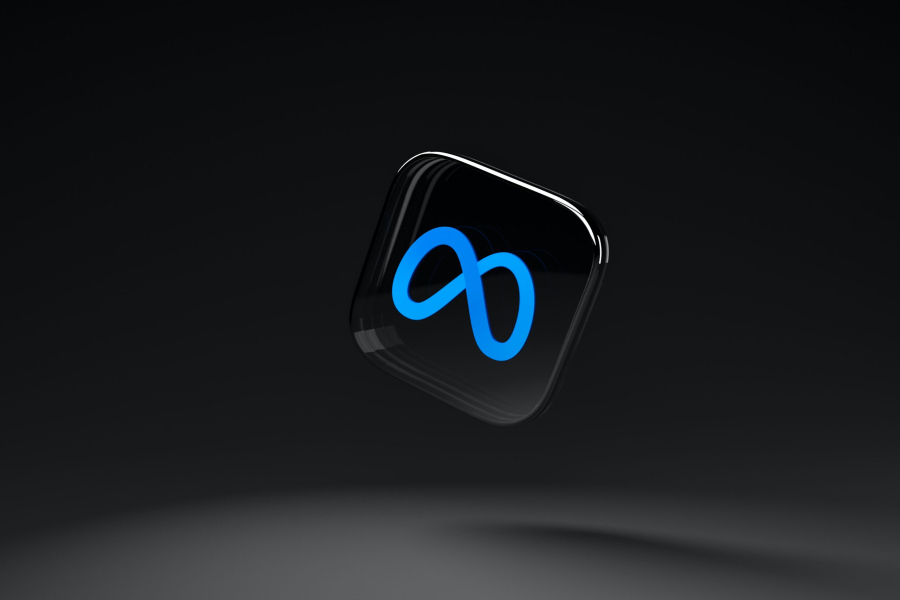Solidity: The Ultimate Guide to Ethereum Smart Contracts
Solidity: The Ultimate Guide to Ethereum Smart Contracts
Introduction
Solidity is the most widely used programming language for writing smart contracts on the Ethereum blockchain. Designed specifically for creating decentralized applications (dApps), Solidity enables developers to write self-executing contracts that run on the blockchain without the need for intermediaries. Since its introduction in 2014 by Gavin Wood, Solidity has become the foundation of DeFi (Decentralized Finance), NFTs, and many other blockchain-based innovations.
In this article, we will dive deep into Solidity, its features, use cases, and best practices for developing secure and efficient smart contracts.
What is Solidity?
Solidity is a high-level, statically typed, contract-oriented programming language inspired by JavaScript, Python, and C++. It is designed to run on the Ethereum Virtual Machine (EVM), which executes smart contracts on the Ethereum blockchain and other EVM-compatible chains like Binance Smart Chain, Polygon, and Avalanche.
Key Features of Solidity:
✔ Statically Typed – Variable types must be explicitly declared, ensuring reliability and security.
✔ Contract-Oriented – Smart contracts are the core building blocks, each containing state variables, functions, and logic.
✔ Turing Complete – Solidity allows developers to write complex logic and algorithms.
✔ Ethereum Virtual Machine (EVM) Compatible – Smart contracts deployed with Solidity run on Ethereum and other EVM-based blockchains.
Why Use Solidity for Smart Contracts?
1. Ethereum and Smart Contract Dominance
Ethereum is the largest smart contract platform, and Solidity is its primary language. Most DeFi applications, NFT projects, and blockchain games rely on Solidity.
2. Large Developer Community
Solidity has a vast and active community, offering extensive documentation, open-source tools, and support. Developers can access learning resources, frameworks, and security audits to enhance their smart contract development.
3. Interoperability with Web3
Solidity smart contracts integrate seamlessly with Web3.js and Ethers.js, allowing developers to build decentralized applications that interact with Ethereum nodes via MetaMask and other wallets.
4. Secure and Transparent Transactions
Smart contracts in Solidity run on a decentralized blockchain, ensuring transparency and eliminating trust issues in financial and legal agreements.
Setting Up Solidity Development Environment
To start coding in Solidity, follow these steps:
1. Install Solidity Compiler (Solc)
The Solidity compiler (solc) translates Solidity code into bytecode that the Ethereum Virtual Machine (EVM) can execute. You can install it using:
Alternatively, use an online IDE like Remix (https://remix.ethereum.org/), which provides a browser-based Solidity editor and testing environment.
2. Use Hardhat or Truffle for Smart Contract Development
- Hardhat (Recommended) – A modern Solidity development environment that allows local testing and debugging.
- Truffle – A popular framework for Ethereum smart contract development.
Install Hardhat using:
3. Connect to Ethereum Blockchain
Use MetaMask and Alchemy/Infura to deploy and interact with your smart contracts.
Writing Your First Solidity Smart Contract
Here’s a simple "Hello World" smart contract written in Solidity:
Explanation:
✅ The message variable stores a string.
✅ The constructor initializes the contract with a message.
✅ The setMessage() function updates the message.
✅ The getMessage() function retrieves the message.
To deploy this contract, use Remix, Hardhat, or Truffle.
Advanced Solidity Concepts
1. Solidity Data Types
Solidity includes several data types:
- uint – Unsigned integer (e.g.,
uint256). - int – Signed integer (e.g.,
int256). - string – Text values.
- bool – Boolean (
trueorfalse). - address – Stores Ethereum wallet addresses.
Example:
2. Mappings and Structs
Mappings store key-value pairs, and structs define custom types:
3. Events and Logging
Events allow contracts to communicate with external applications:
4. Security Best Practices
Security is crucial in Solidity due to the irreversible nature of blockchain transactions. Follow these best practices:
✅ Use SafeMath – Avoid integer overflow/underflow issues.
✅ Check for Reentrancy Attacks – Use the checks-effects-interactions pattern to prevent multiple calls exploiting smart contract vulnerabilities.
✅ Use Access Control – Implement onlyOwner modifiers to restrict function execution.
✅ Avoid Floating Pragma – Specify Solidity version (pragma solidity ^0.8.0;) to prevent compiler inconsistencies.
✅ Conduct Security Audits – Use tools like Slither and MythX for vulnerability analysis.
Example of Reentrancy Protection:
Real-World Applications of Solidity
- Decentralized Finance (DeFi) – Platforms like Uniswap, Aave, and MakerDAO use Solidity to power decentralized exchanges and lending protocols.
- Non-Fungible Tokens (NFTs) – ERC-721 and ERC-1155 tokens allow the creation of unique digital assets.
- Gaming and Metaverse – Blockchain games like Axie Infinity and Decentraland leverage Solidity-based smart contracts.
- Supply Chain Management – Solidity enables transparent and tamper-proof tracking of goods.
- DAOs (Decentralized Autonomous Organizations) – Solidity powers governance contracts, enabling decentralized decision-making.
Conclusion
Solidity is the backbone of Ethereum’s smart contract ecosystem, powering the future of decentralized applications, DeFi, and NFTs. Whether you're a beginner or an experienced developer, learning Solidity opens the door to endless blockchain development possibilities.
💡 Next Steps:
🚀 Start coding with Remix IDE or Hardhat.
📚 Explore Solidity documentation on SolidityLang.org.
🔐 Prioritize security to prevent smart contract exploits.
The world of Web3 is evolving—get started with Solidity today! 🚀















